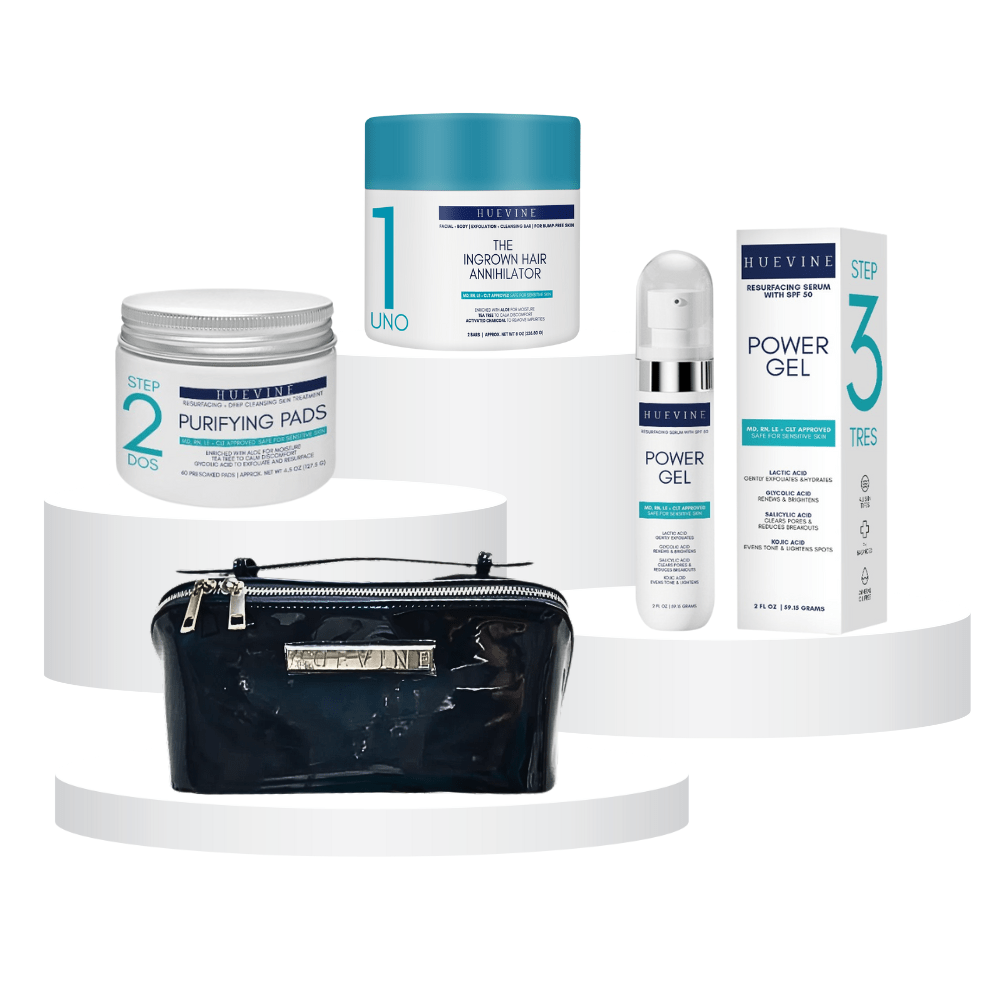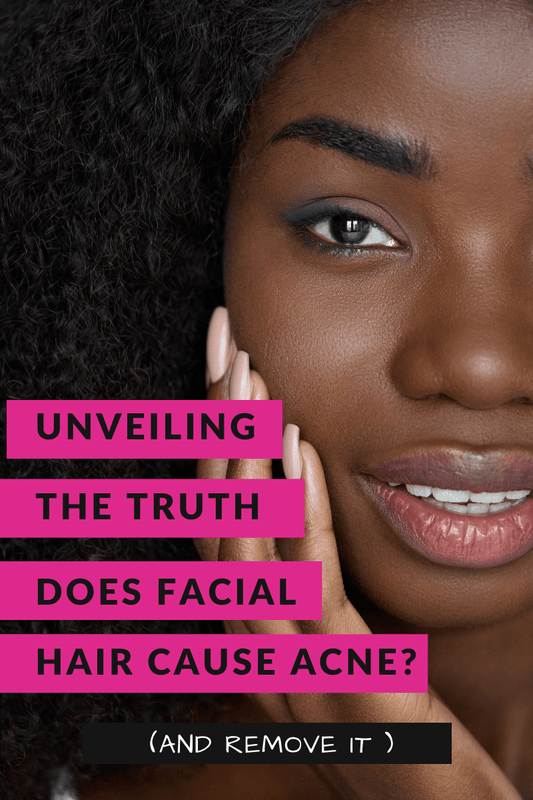It started out as a tiny zit. Or at least that’s what you expected it to be. But it soon spread across your face, covering it in red blotchy patches. The urge to itch was uncontrollable. The skin took on a dry and flaky appearance. And, no matter how much moisturizer you slathered onto it, it still didn’t seem to help.
If you’ve experienced something similar, it’s likely you’re suffering from a skin condition Seborrheic eczema. It is common on the face (on the eyelids, areas around the nose and behind the ears), but it also develops on the scalp and other parts of the body.
So, what causes it?
There are multiple factors. One cause is the build-up of Malassezia yeast in the sebaceous glands. They invade the skin cells causing an inflammatory reaction. Stress can trigger Seborrheic eczema too. The next cause is hormonal fluctuations. Hence, it is noticed in teenagers going through puberty. Seborrheic dermatitis might also develop as a reaction to specific medicines. In such cases, the skin inflammation resolves after the medication is stopped. While a change in temperature does not cause Seborrheic eczema, cold temperatures increase the chances of a flare-up.
Men show a higher tendency of developing Seborrheic eczema than women. Infants also suffer from the skin condition where it is often mistaken for diaper rash.
Improving the Appearance of Severe Eczema
- Say no to moisturizers
- Sea salt to the rescue
- Anti-fungals and Corticosteriods
- Tweak your diet
- Top up with supplements
- Get some sun
- Skin Care Routine
- Stress Management
1. Say no to moisturizers –
Excess oil in the skin gives the Seborrheic eczema-causing yeast extra material to feed on. Using creams and moisturizers to get rid of the flaky appearance only aggravates the condition. An alternative is to use non-oil based creams. Moisturizers with oatmeal as one of the chief ingredients works great for eczema inflamed skin.
2. Sea salt to the rescue –
Sea salt has antibacterial properties. To start with, gently wash your face with lukewarm water. It washes away dust and dirt and opens up the pores. Dissolve 1 tablespoon of sea salt in a basin of lukewarm water. Use this water to wash your face for a couple of minutes. Seal the pores by final cold water rinse. The skin will sting slightly and get a little tight after the rinse.
3. Anti-fungals and Corticosteriods –
Anti-fungals help relieve the symptoms of Seborrheic dermatitis. There are prescription and over-the-counter solutions to choose from. Ingredients to look for in shampoos and solutions are salicylic acid, coal tar, ketoconazole and selenium sulfide. They reduce flakiness and itching.
4. Tweak your diet –
A poor diet might also disrupt the normal function of the skin. Eat nutrient-dense fruits and vegetables. Aim for more essential fatty acids from fish and nuts. Avoid refined foods, sugar and saturated fats; they might trigger the inflammation. Drink a lot of water to keep the skin hydrated. Cut back on your intake of caffeine as it dehydrates the body.
5. Top up with supplements –
In addition to the regular vitamin supplements, take fish oil supplements. They contain Omega 3 fatty acids that promote healthy cell regeneration.
6. Get some sun –
Sunlight inhibits the growth of eczema-causing yeast. Therefore, try to spend more time outdoors. However, avoid excessive exposure to the sun.
7. Skin Care Routine –
Seborrheic eczema tends to reoccur. To keep it at bay, stick to a proper skin care routine. Wash your face with a face wash suited to your skin type.
8. Stress Management –
If stress is a triggering factor in your case, the only way to tackle it is to use anxiety-reducing techniques. It could include meditation, exercise, dance therapy or relaxation through music.
Don’t let Seborrheic eczema lower your self-confidence and become a cause of embarrassment in your social circles. Follow these tips and you will be happy to see it fade away. However, before you start any treatment procedure, do consult a dermatologist.



